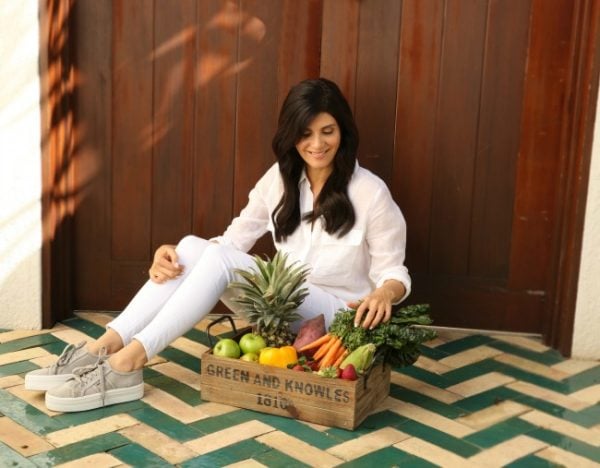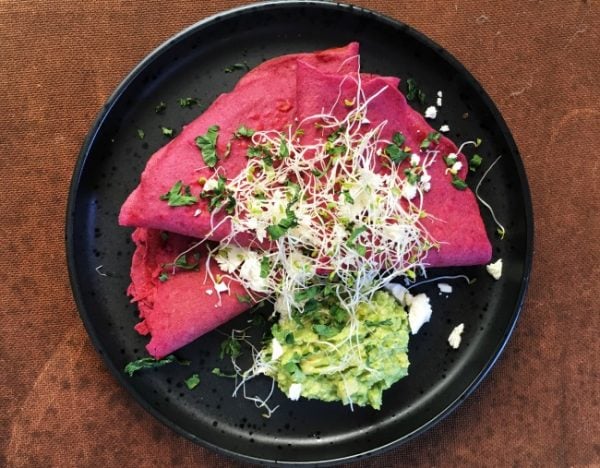If there’s ever a food battle that most parents don’t have to fight, it’s getting their children to eat enough fruit. Thanks to the sweetness inherent in many fruits, most children are fans. But while fruit is packed full of vitamins and antioxidants, there’s such a thing as eating too much of it, especially if it starts to replace other foods in the diet.
Getting little ones to eat veggies, on the other hand, is often an uphill battle for most families. It’s a daily challenge trying to get little ones to devour their carrots, broccoli, spinach, beets, capsicum, cauliflower and more with the same enthusiasm as a bowl of juicy berries. In fact, less than one per cent of children are eating the recommended number of serves of vegetables on a daily basis.
I go into detail in my book and in a previous post about how and why veggies are so incredibly important in a child’s diet as well as some strategies around how to encourage increased veggie intake.
When it comes to the fruit-vegetable relationship, I’m always keen to emphasise that although I actively encourage vegetables to be added to fruit wherever possible, I discourage baby’s vegetable purees from being “sweetened” with fruit.
The reason for this is because it’s important for both baby and young children’s taste bud development to be exposed to vegetables in their natural taste state, without being “sweetened”. Sweetening vegetables can serve to build an expectation for little ones that veggies (and perhaps other foods) need to be sweet – ultimately creating challenges around future veggie intake and potentially even resulting in fussy eating behaviours developing.



